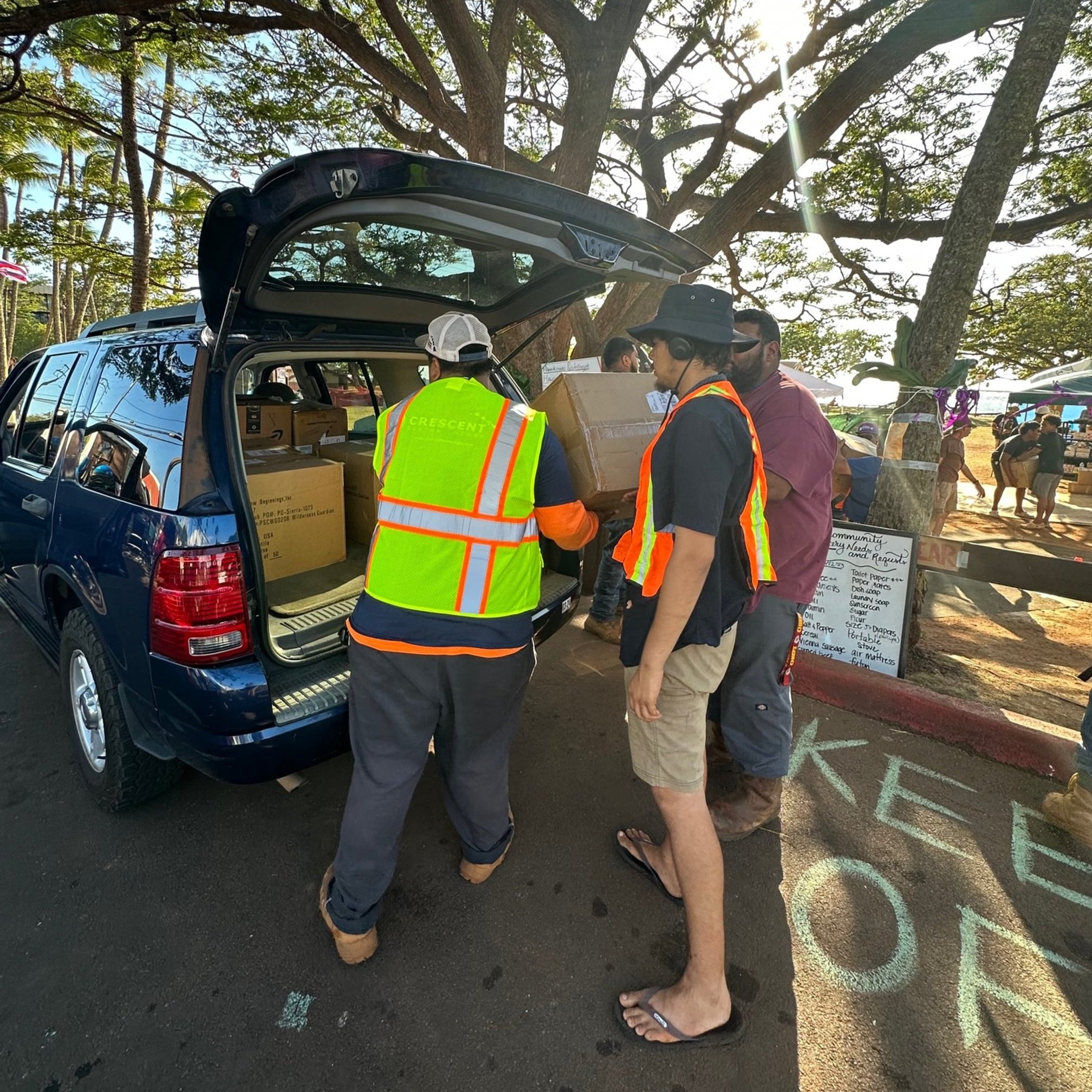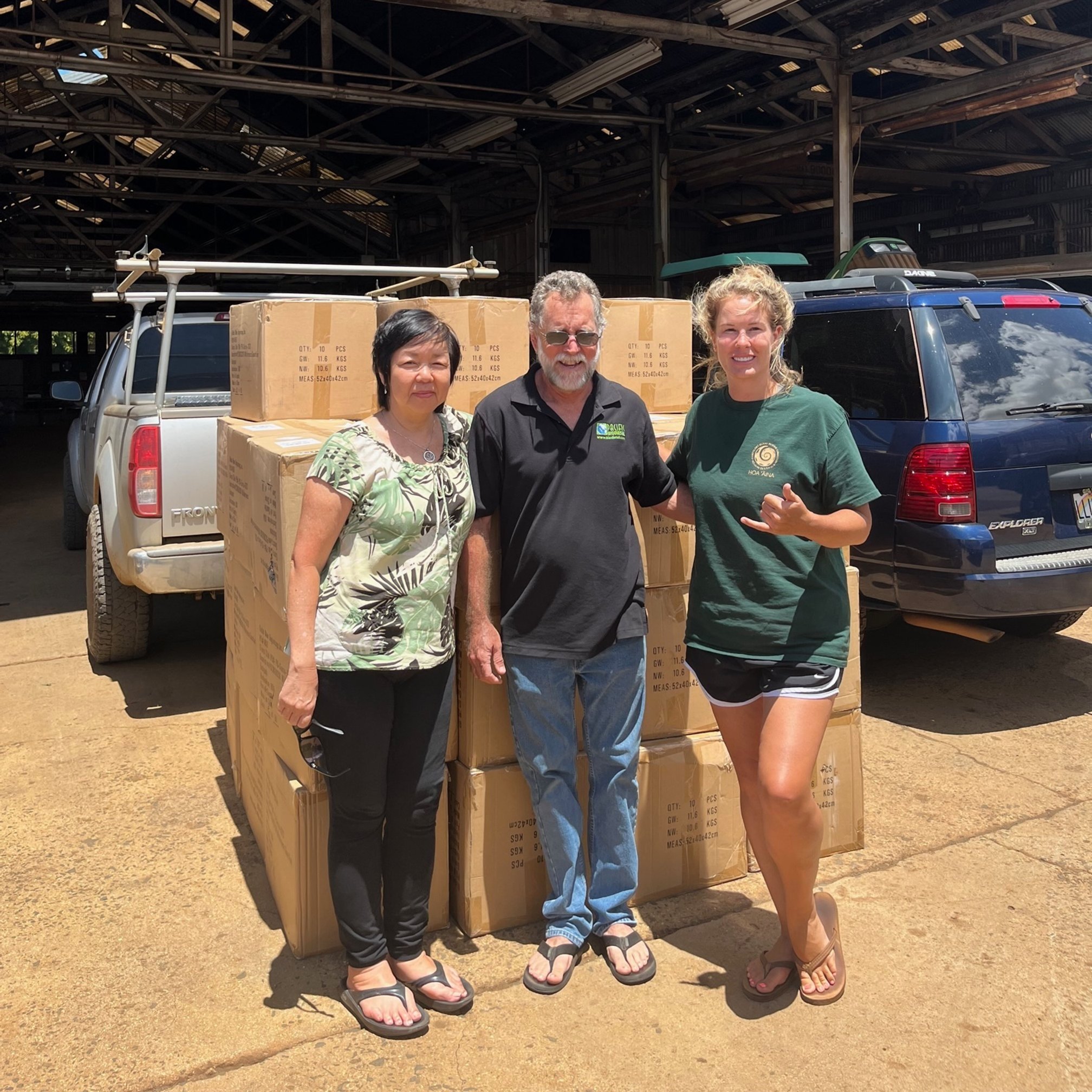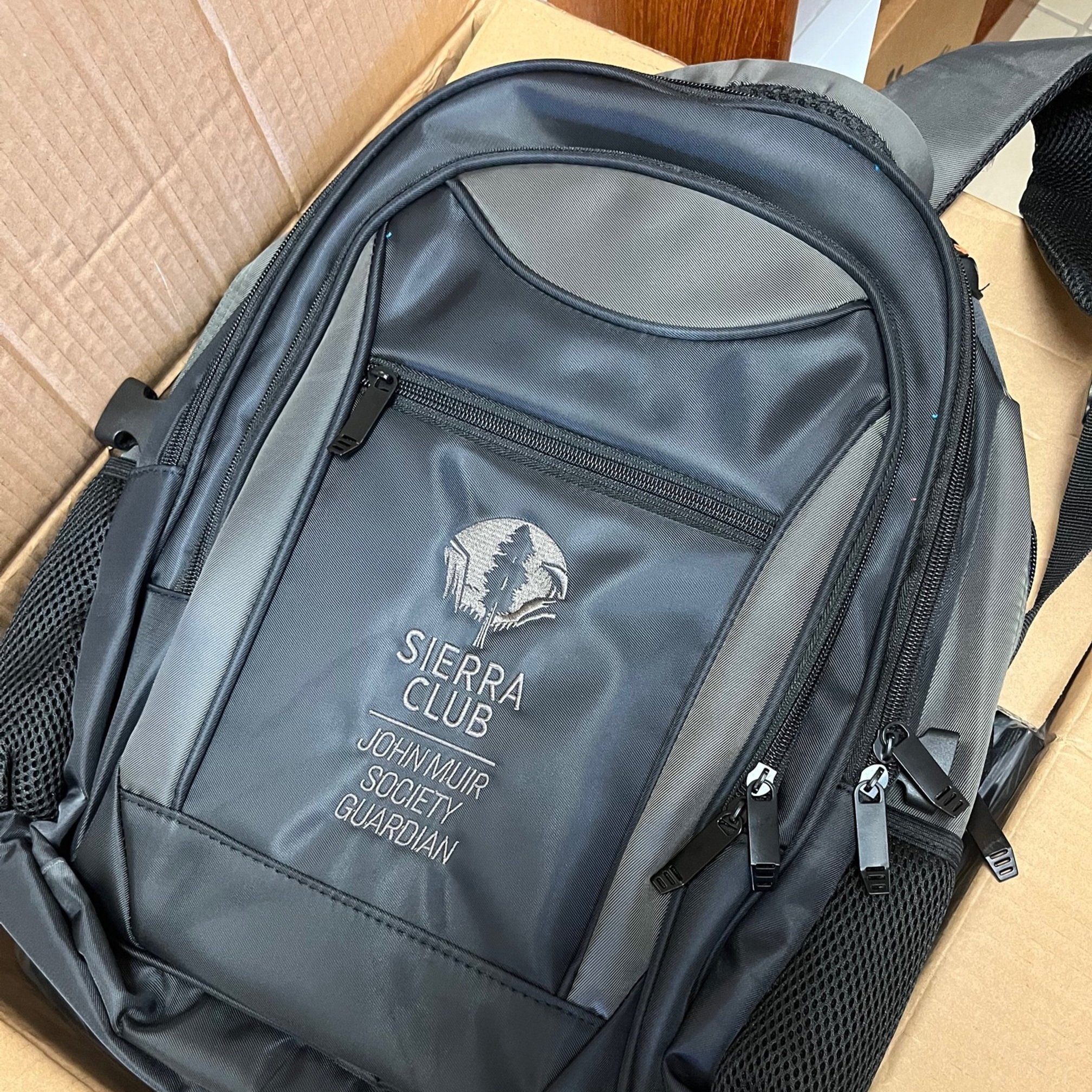Wayne’s Sierra Club World
by Wayne Tanaka, Chapter Director | Reading time: 6 minutes
There are no words that can describe the unimaginable pain and suffering inflicted by the wildfires that horrifically burned through Maui Komohana (West Maui) in early August.
I will never forget the confusion and concern, then alarm, and then the sinking feeling of helplessness as more and more information began to filter out from those on the ground, regarding the terror and devastation that tore through Lāhainā and the surrounding regions in the evening of August 8.
For Sierra Club of Hawai‘i staff, the priority that night and in the early hours of the following morning was to ascertain the status of our leaders, volunteers, and friends on Maui. Fortunately, all were eventually confirmed to be physically safe, although homes and cars were lost and some had to seek refuge in the waters off of Front Street.
On Wednesday morning, Sierra Club staff and volunteers also immediately joined the groundswell of support for wildfire victims that arose almost instantaneously throughout the islands. I have so much gratitude to Kirsten Kagimoto, our Strategic Communications Manager and acting Deputy Director, who has been working tirelessly to identify, vet, and amplify relief efforts through our various communications platforms, as well as to coordinate with Sierra Club Maui Group volunteers and other Chapter staff and interns (mahalo nui Sharde, Tara, Lauren, Ilima, and Rosalie!), to pass along vital information and get the most needed resources to survivors and others impacted by the wildfires.
I am also so grateful for Maui Group chair Lucienne de Naie, who worked alongside longtime Sierra Club members and friends like former Councilmember Kelly King, to help with the coordination of relief and resource distribution efforts in the weeks following the fires. With their guidance, National Sierra Club staff were quickly able to source several hundred backpacks for those in shelters to hold and transport supplies and essentials (mahalo nui Dan Olinger, Ana Yanez Correa, and Kelly Holleran!); as I write, we continue to work with other Sierra Club chapters and national staff to procure other wishlist items such as respirators and replacement air canisters that will be crucial in the days and weeks ahead.
I am also supremely grateful to anyone and everyone who did whatever they could from wherever they were – including and especially members of the Lāhainā community – to provide relief, support, and comfort to those whose lives were completely and tragically changed by this unprecedented disaster. To see the very best of humanity arise so quickly and broadly and in such a sustained way was the one glimmer of hope in the darkness of the past several weeks.
Unfortunately, Maui has not been immune to the greed and exploitation that often follows in the wake of disasters. Shockingly, this has included government officials all but colluding with corporate water hoarders who have long exploited our precious wai, at the expense of our watersheds and rural communities. These corporations wasted no time in their attempts to exploit the tragedy, finger-pointing at water protections and water protectors in an attempt to claw back their former monopoly over Maui’s water resources – and state leaders quickly followed their lead.
This includes the Governor’s and DLNR Chair Dawn Chang’s “reassignment” of water commission deputy Kaleo Manuel, who has accomplished more in his tenure as a water deputy than anyone else in the history of the water code. This was in apparent response to a false narrative put forward by an executive for the West Maui Land Company, suggesting that Manuel’s actions as the water deputy had somehow delayed access to reservoir water needed for firefighting – a narrative subsequently debunked by farmers with direct knowledge of the stream and reservoir at issue. Nonetheless, Governor Green has also now suspended hard-won water management protections across Maui Komohana that would have finally reined in the monopolization of both stream and groundwater by large landowners and developers of luxury “gentlemen farms,” including the West Maui Land Company.
Even more disturbingly, the state Attorney General decided to spend their time and resources to join the efforts of Alexander & Baldwin (A&B), to exploit the Maui wildfires for legal and political gain. On August 9, the day after the fire, the Attorney General on behalf of the Board of Land and Natural Resources filed a “writ of mandamus” with the Hawaiʻi Supreme Court, to try and override an environmental court judge’s modest limits on the amount of water that A&B can divert from Maui Hikina’s (East Maui’s) streams. The claims made – that there was not enough permitted water to fight the fires on Maui under the judge’s ruling – were completely debunked during oral arguments before the Hawai‘i Supreme Court, which rightfully denied their petition to overrule the lower court.
Misleading a court “is a wrong against the institutions set up to protect and safeguard the public, institutions in which fraud cannot complacently be tolerated consistently with the good order of society.” Kawamata Farms, Inc. v. United Agri Prods., 86 Hawaiʻi 214, 256, 948 P.2d 1055, 1097 (1997). When such fraud involves the exploitation of a tragedy by a government entity, solely to benefit a private corporation, it is not only intolerable – it is absolutely despicable.
Looking forward, it is clear that the road to recovery will be a long and difficult one, and we still do not know the full range and depth of harms that will need to be healed. This includes the potential for toxic exposure that could only compound the harm and trauma suffered by wildfire victims and that could also threaten the health and lives of people well into the future. Sierra Club toxics experts Sonya Lunder and Jane Williams have been helping us get a sense of what we may be dealing with, and we will do our best to ensure that such threats are identified and appropriately addressed – including through requests for key data from entities like Hawaiian Electric – and to provide both information and supplies that can protect relief workers and community members in the meantime (please reach out if you may know of organizations or companies that may be able to donate respirators or other PPE to reduce the risks of exposure to fire-related toxins: hawaii.chapter@sierraclub.org).
Grief still runs deep in the fires’ tragic aftermath, and will for a long, long time. Hawaiʻi’s people will never stop mourning the lives lost, and the utter destruction of the former Hawaiian Kingdom capital of Lāhainā. Yet there are still things we can do, and will, to come together, support each other, and tackle the myriad ways in which this tragedy has and will continue to impact the lives and ʻāina of Lāhainā, Maui, and our islands as a whole.
In closing, mahalo nui loa those who have stepped up and continue to dedicate your time and energy in response to this crisis. Your embodiment of Hawai‘i’s unique sense of community and connection is a true source of hope that there will be a light at the end of this tunnel – and that we still have a chance at creating a truly resilient and secure future for our Hawai‘i nei.
Aloha nui and take care,
Wayne



